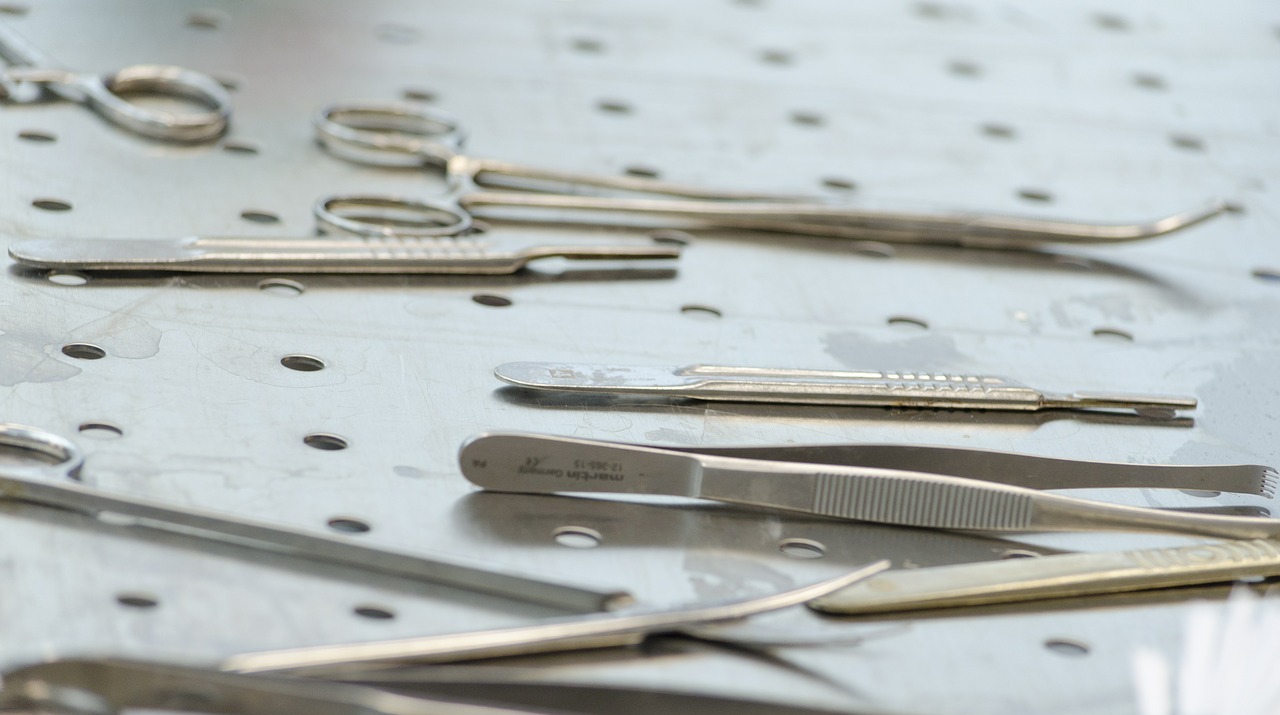Anti-Fouling Polymer Nanocoatings for Medical Devices
This nanocoating provides a stable, non-sticking polymer that can be used for a wide variety of biomedical tissue engineering applications
Fouling is a term that is used to describe the accumulation of substances such as microorganisms, algae, or other small materials on a wide variety of objects from medical devices to ship hulls to membranes. It is undesirable because it often causes structural or functional deficiencies leading to substantial negative consequences over time. Over the past two decades, fouling has started to become an international problem as it is resulting in a concerning amount of economic and environmental consequences. For biomedical devices specifically, protein fouling on biological implants drastically reduces the efficiency of these devices which often results in harmful side effects such as infections of catheters, prosthetic devices, and immunological assays. To combat this issue, conventional methods revolve around the design of a coating that releases biocidal agents, such as antibiotics, quaternary ammonium salts, or silver, into the surrounding aqueous environment. However, there is a problem with these methods as they lead to an increase in toxicity and environmental issues. Consequently, a new development of biocompatible non-fouling coating is needed.
This technology focuses on a stable and non-sticking polymer nanocoating that has anti-fouling properties which can be applied to multiple homopolymer systems regardless of their interactions with water and their surface energy. The anti-fouling properties this polymer nanocoating has is a result of the highly packed chain conformation of polymer chains. These chains have a large number of segment/solid contacts within a two-dimensional space. This structure allows for a novel and versatile preparation of the polymer nanocoating; it is a top-down approach based on good solvent rinsing.
 Prylarer, https://www.needpix.com/photo/251705, CC0.
Prylarer, https://www.needpix.com/photo/251705, CC0.
the Anti-fouling properties of the polymer Nano-coating is present and Effective regardless of the hydrophobicity and the surface energies of the polymer - compared To the conventional chemical end grafting approaches which are done from bottom To top, This polymer Nano-coating can be approached in A top To bottom approach which is simple (no sophisticated chemistry involved) and versatile (spin-coating, dip-coating, etc.) - the large number of segment-solid contacts stabilize the polymer Nano-coating even in A good solvent for at least A couple of months - no risk of infection of Medical devices such as catheters, prosthetic devices, and immunological assays - Does not release biocidal agents into the surrounding environment eliminating the risk of increasing the toxicity and environmental hazard issues in the immediate area
-Surgical Equipment -Protective Apparel in Hospitals -Medical Implants -Biosensors -Membrane Filters -Food Packaging -Maritime Applications
Provisional patent
62/899,233
Available for Licensing
Development partner,Commercial partner,Licensing
![]()
Patent Information:
| App Type |
Country |
Serial No. |
Patent No. |
Patent Status |
File Date |
Issued Date |
Expire Date |
|